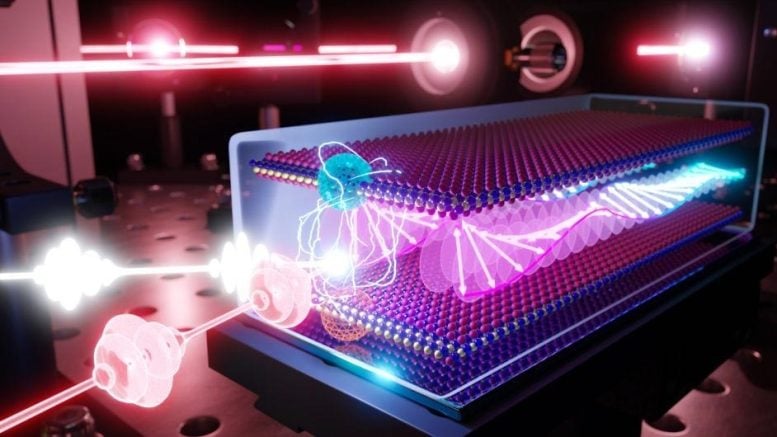
The pairing between magnons and excitons will allow researchers to see spin directions, an important consideration for several quantum applications. Credit: Chung-Jui Yu
New research reveals that spinning quasiparticles, or magnons, light up when paired with a light-emitting quasiparticle, or exciton, with potential quantum information applications.
All magnets contain spinning quasiparticles called magnons. This is true of all magnets from the simple souvenirs hanging on your refrigerator to the discs that give your computer memory storage to the powerful versions used in research labs. The direction one magnon spins can influence that of its neighbor, which in turn affects the spin of its neighbor, and so on, yielding what are known as spin waves. Spin waves can potentially transmit information more efficiently than electricity, and magnons can serve as “quantum interconnects” that “glue” quantum bits together into powerful computers.
Although magnons have enormous potential, they are often difficult to detect without bulky pieces of lab equipment. According to Columbia researcher Xiaoyang Zhu, such setups are fine for conducting experiments, but not for developing devices, such as magnonic devices and so-called spintronics. However, seeing magnons can be made much simpler with the right material: a magnetic semiconductor called chromium sulfide bromide (CrSBr) that can be peeled into atom-thin, 2D layers, synthesized in Department of Chemistry professor Xavier Roy’s lab.
“For the first time, we can see magnons with a simple optical effect.”
— Xiaoyang Zhu
In a new article published in the journal Nature on September 7, Zhu and collaborators at Columbia, the University of Washington, New York University, and Oak Ridge National Laboratory show that magnons in CrSBr can pair up with another quasiparticle called an exciton, which emits light, offering the researchers a mechanism to “see” the spinning quasiparticle.
As they perturbed the magnons with light, they observed oscillations from the excitons in the near-infrared range, which is nearly visible to the naked eye. “For the first time, we can see magnons with a simple optical effect,” Zhu said.
The results may be viewed as quantum transduction, or the conversion of one “quanta” of energy to another, said first author Youn Jun (Eunice) Bae, a postdoc in Zhu’s lab. The energy of excitons is four orders of magnitude larger than that of magnons; now, because they pair together so strongly, we can easily observe tiny changes in the magnons, Bae explained. This transduction may one day enable researchers to build quantum information networks that can take information from spin-based quantum bits—which generally need to be located within millimeters of each other—and convert it to light, a form of energy that can transfer information up to hundreds of miles via optical fibers.
Zhu said that the coherence time—how long the oscillations can last—was also remarkable, lasting much longer than the five-nanosecond limit of the experiment. The phenomenon could travel over seven micrometers and persist even when the CrSBr devices were made of just two atom-thin layers, raising the possibility of building nano-scale spintronic devices. These devices could one day be more efficient alternatives to today’s electronics. Unlike electrons in an electrical current that encounter resistance as they travel, no particles are actually moving in a spin wave.
From here, the scientists plan to explore CrSBr’s quantum information potential, as well as other material candidates. “In the MRSEC and EFRC, we are exploring the quantum properties of several 2D materials that you can stack like papers to create all kinds of new physical phenomena,” Zhu said.
For example, if magnon-exciton coupling can be found in other kinds of magnetic semiconductors with slightly different properties than CrSBr, they might emit light in a wider range of colors. “We’re assembling the toolbox to construct new devices with customizable properties,” Zhu said.
Reference: “Exciton-coupled coherent magnons in a 2D semiconductor” by Youn Jue Bae, Jue Wang, Allen Scheie, Junwen Xu, Daniel G. Chica, Geoffrey M. Diederich, John Cenker, Michael E. Ziebel, Yusong Bai, Haowen Ren, Cory R. Dean, Milan Delor, Xiaodong Xu, Xavier Roy, Andrew D. Kent and Xiaoyang Zhu, 7 September 2022, Nature.
DOI: 10.1038/s41586-022-05024-1
The work was supported by Columbia’s NSF-funded Materials Research Science and Engineering Center (MRSEC), with the material created in the DOE-funded Energy Frontier Research Center (EFRC).

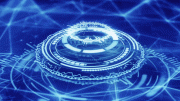

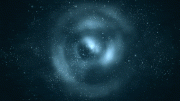
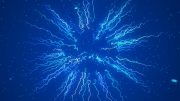
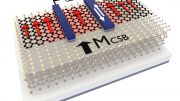

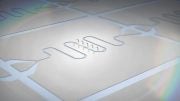
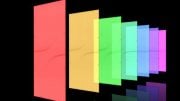
In particle physics, an elementary particle or fundamental particle is not composed of other particles. Dirac equation predicted every elementary particle in the universe has an antiparticle – its identical twin but with opposite charge.
That is to say, elementary particles have the following physical characteristics:
1. It is not composed of other particles.
2. It is a pair by particles and its identical anti-particles.
However, there are no evidences that the particles currently thought to be elementary include the fundamental fermions (quarks, leptons, antiquarks, and antileptons), as well as the fundamental bosons (gauge bosons and the Higgs boson), must be the elementary particles undoubtedly. If they are composed of other particles, they will only be microscopic particles, not the elementary particles.
According to the modern discoveries in physics, fundamental forces and elementary particles can be written in terms of a pair of physical and virtual fields.
In physics, topological vortex and anti-vortex fields always appear in pairs. They perfectly reflect the exact symmetry under the simultaneous transformation of parity conservation (P), charge conjugation (C) and time reversal (T).
Topological vortex and anti-vortex field pairs can generate or annihilate at the limit points, and encounter, split or merge at the bifurcation points of the 3-dimensional vector order parameter, and form topological bifurcations by unstable point defects system. This means that the topological bifurcations can be the fundamental understructure of various microscopic particles. Topological vortex and anti-vortex field pairs had all the physical characteristics of elementary particles.
Elementary particles are the foundation of all things. In the presence of dissipation they can form microscopic particles in many forms. Parity conservation (P), charge conjugation (C) and time reversal (T) are the nature feature of elementary particles. As one of the microscopic particles, θ and τ are composed of elementary particles. The parity conservation of θ and τ only allows each of them respond to external forces as an independent whole, is not whether they are symmetric. There are no evidences to support that θ and τ are the same particle or mirror images of each other in nature.
Mathematics is the language in which humans write the universe. Mathematics does not tell humans that elementary particles must be spherical, but can be unipolar. This suggests that elementary particles can be a rotating two-dimensional matter.
Any guess, assumption, speculation or conjecture that deviates from and distorts mathematics, no matter what person or institution it comes from, is pseudoscience.
What, pray, if physical science deviates from mathematics seriously, can it still be called science? What else does such science deserve public respect?
Contemporary physics has been fooled by pseudoscience. Topological vortex is a natural gravitational field. According to the topological vortex gravitational field theory, gravity is the source of all things and the most raw force to maintain and connect the world. Mathematics tells us that topological vortex can form complex space-time structure by interaction. Mathematics does not tell us that there must be God particles, neutrinos, bosons and fermions. That the imaginary microscopic particles with certain physical properties, even if they exist, are also the result of topological vortex interaction. Everything is the interaction of topological vortices from the cosmic space accretion disk to the quantum spin. The end of science is mathematics, not theology and wishful thinking.